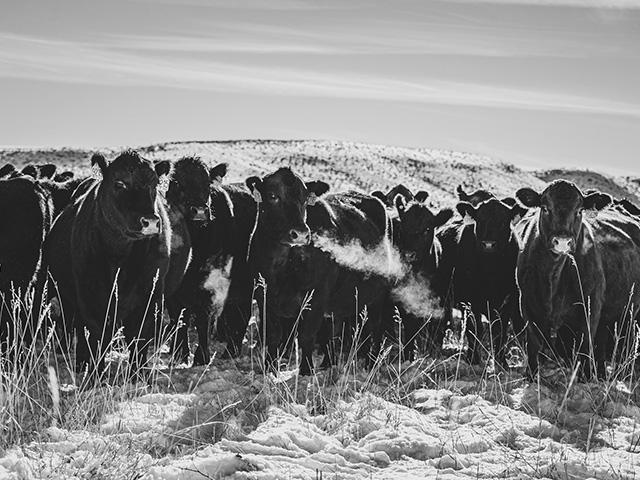Sort and Cull
Cattle on Feed Report Shows Feedlots Have Fewer Heifers Than a Year Ago
Friday's Cattle on Feed report came with neutral/slightly bullish tones for the cattle complex, as both on-feed and placement numbers were lighter than a year ago, but they were just a fraction of a percent higher than what analysts predicted.
Nevertheless, there was still a lot to be learned in Friday's COF report, and thankfully, the combination of a mixed report and lower corn prices throughout Monday's market allowed cattle contracts to rally throughout Monday's trade.
It was especially interesting to see that on Friday's COF report, the total number of cattle on feed was broken down into steer and heifer classifications and by the different quarters of the year. As of Jan. 1, 2023, there were 4.65 million head of heifers and heifer calves in feedlots across the United States, which is 25,000 head fewer than a year ago.
P[L1] D[0x0] M[300x250] OOP[F] ADUNIT[] T[]
This data highlights one key point: that, largely, cattlemen haven't begun to keep back replacement females. While we know that the market is expected to be stronger for the next two to potentially even three years, cattlemen haven't been in a position either financially or with enough feed resources to justify keeping replacement-type females just yet.
There are two things necessary for the beef cow herd to grow: green grass and profitability. While we expect drought conditions could improve throughout the year, any seasoned cattlemen will say you can't measure the rain until it's fallen.
And, while prices are expected to be higher in the year ahead, so are inputs, which means profitability will continue to be a concern for our industry moving forward.
Nevertheless, while the market's fundamentals are extremely bullish, cattlemen haven't begun keeping replacement females back, as they desire to see more promise in the market and yearn to see drought conditions improve before they do so.
Saying that cattlemen haven't begun to keep back replacement-type females while the number of heifers and heifer calves in feedlots is lighter than a year ago may be incorrect. But when you account for how many fewer beef cows there are in today's market as opposed to a year ago, the statement remains correct. Next week, we will see the latest Cattle Inventory report released on Jan. 31, and the market is expecting to see as many as 1 million fewer beef cows in the market compared to a year ago.
In conclusion, both the attitude of January's market and the findings of Friday's COF report leave me feeling one thought, and that's, "The bullish market is coming, but it ain't here yet."
ShayLe Stewart can be reached at shayle.stewart@dtn.com
(c) Copyright 2023 DTN, LLC. All rights reserved.




